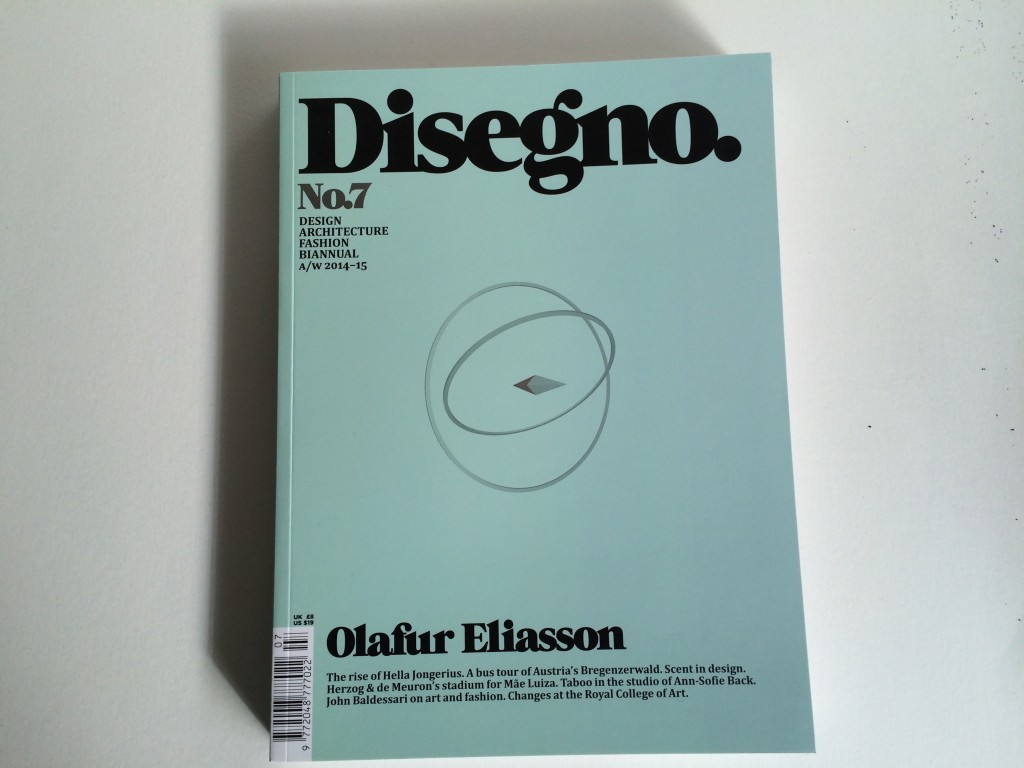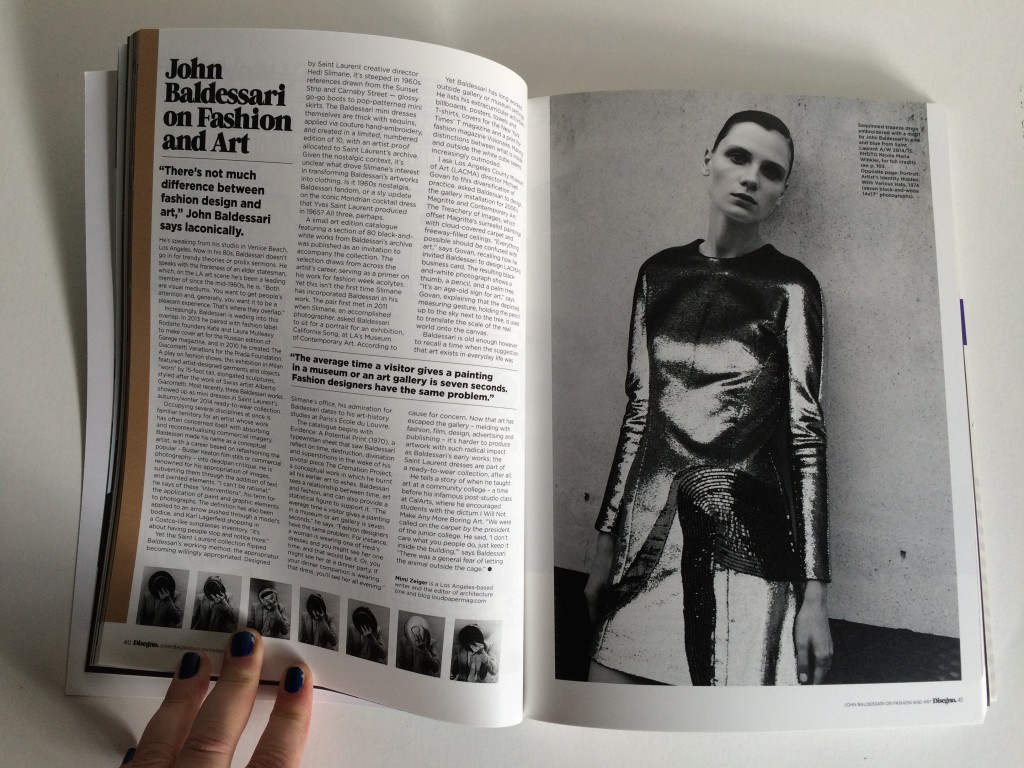What is the aesthetic of nothing? Not in terms of a meditation on minimalism, or the luxury of pared-down colour palettes and clean lines, but nothing itself. How do you design with the fewest possible resources for those who have so little and need so much?
This question rumbles in my head as I get off the 134 Freeway and drive wide, San Fernando Valley boulevards lined with new condo buildings on my way to the Chandler Boulevard Bridge Home Village in North Hollywood – 39 white, red, blue, and yellow tiny homes for the unhoused on a sliver of land between a metro rail line and a busy street. It’s not much of a site, a stingy slice of previously undeveloped municipal property in a sprawling city, but to those who live there it is everything. And it is also nothing. Read More …

